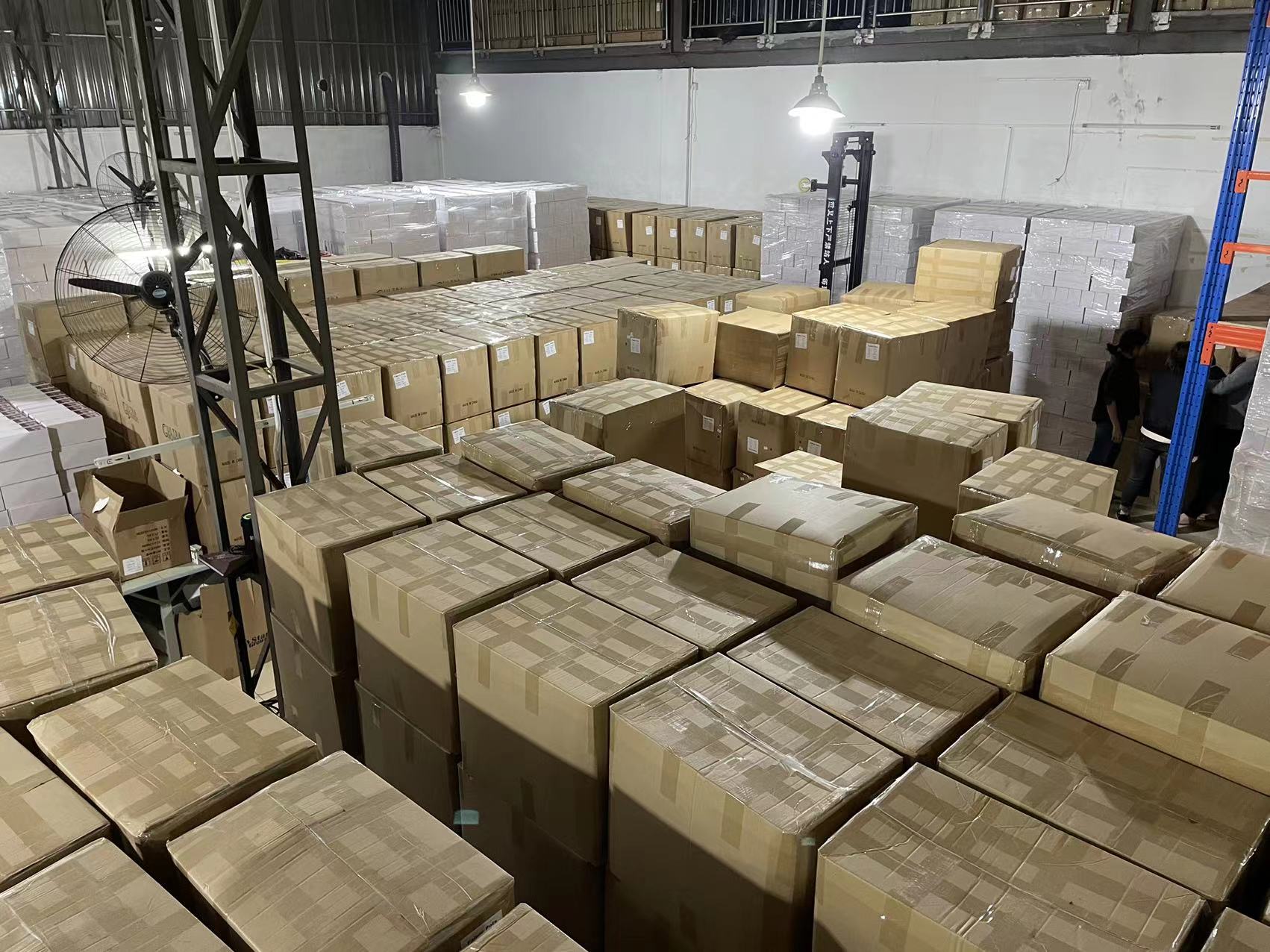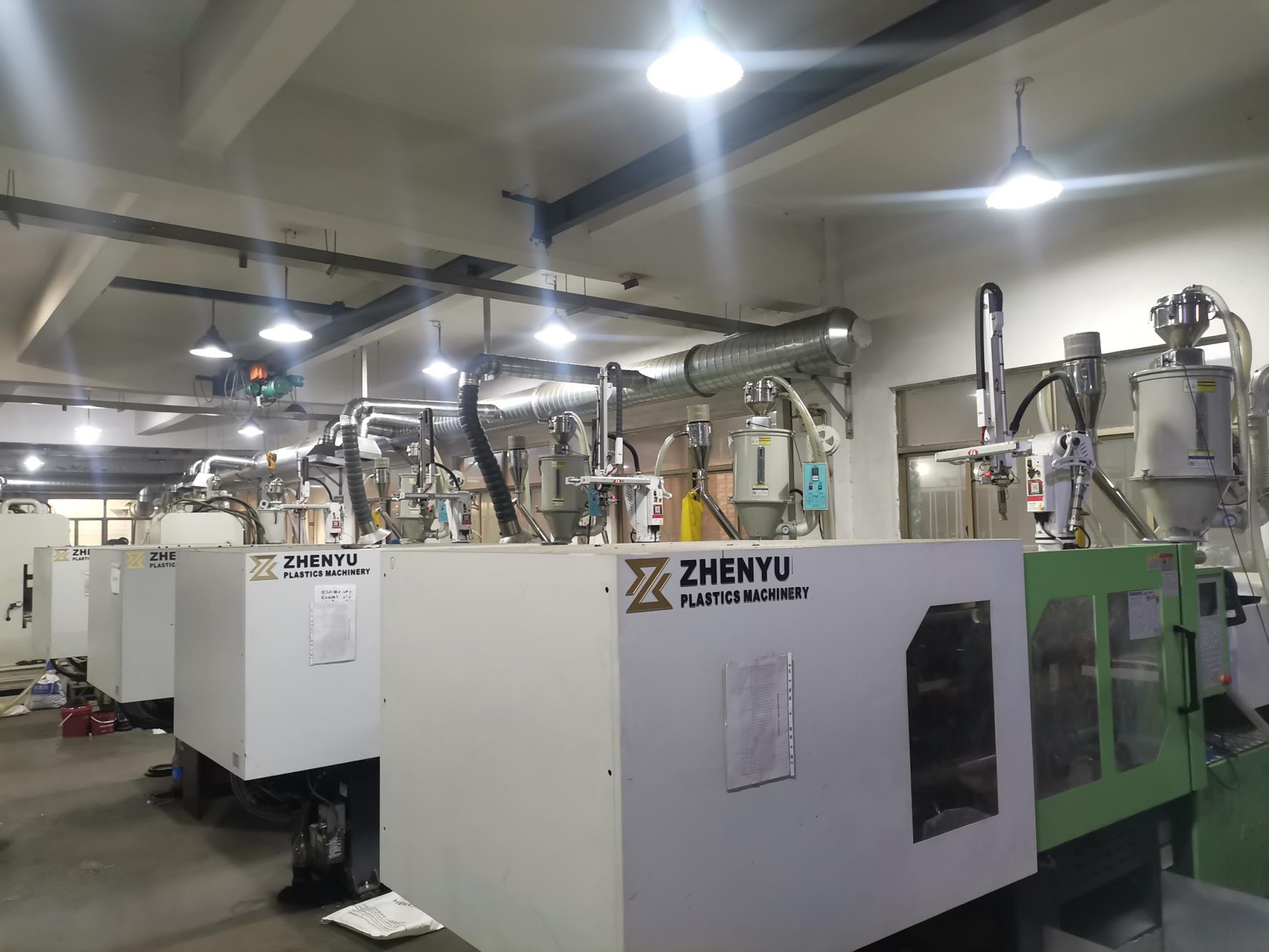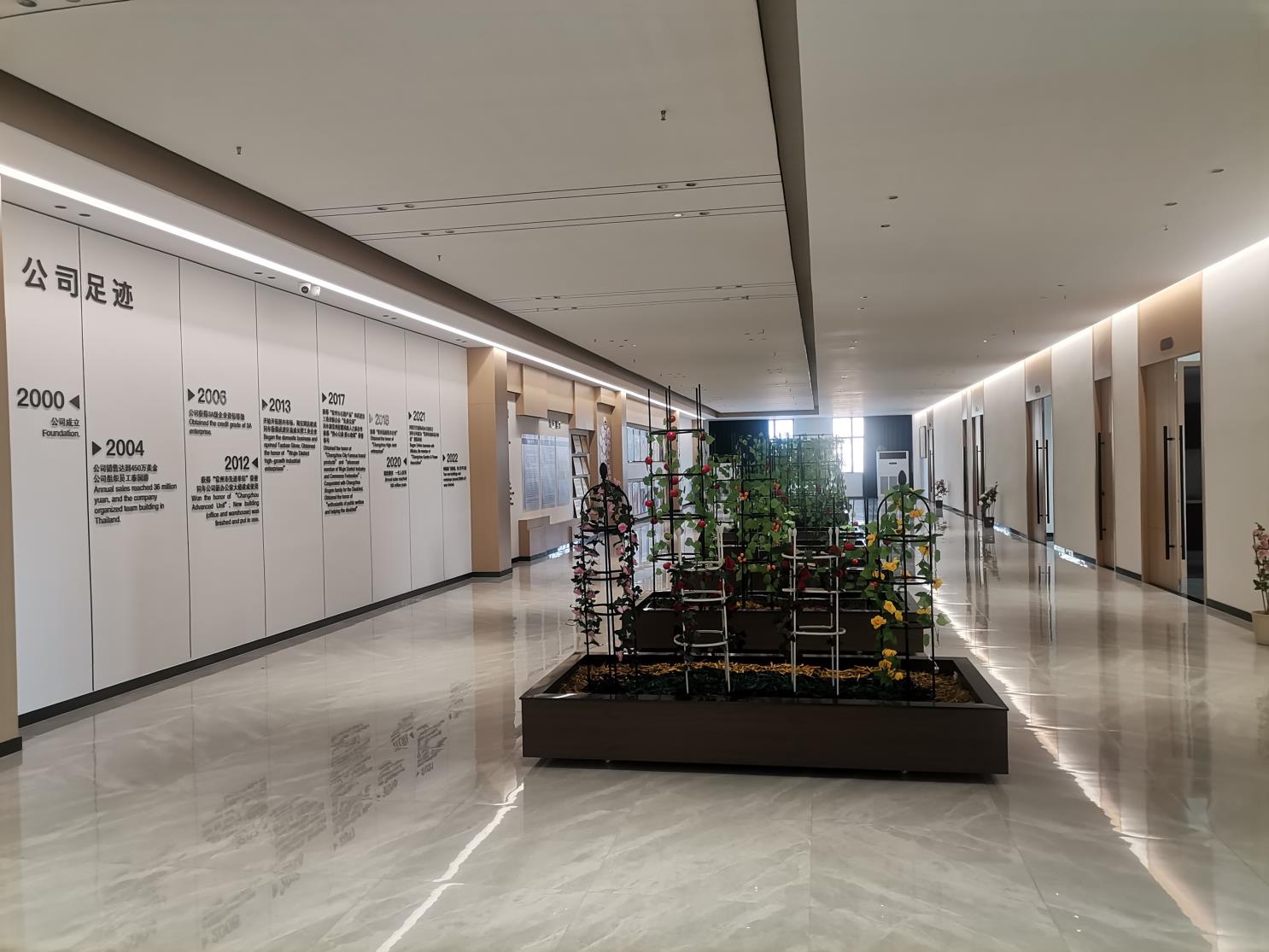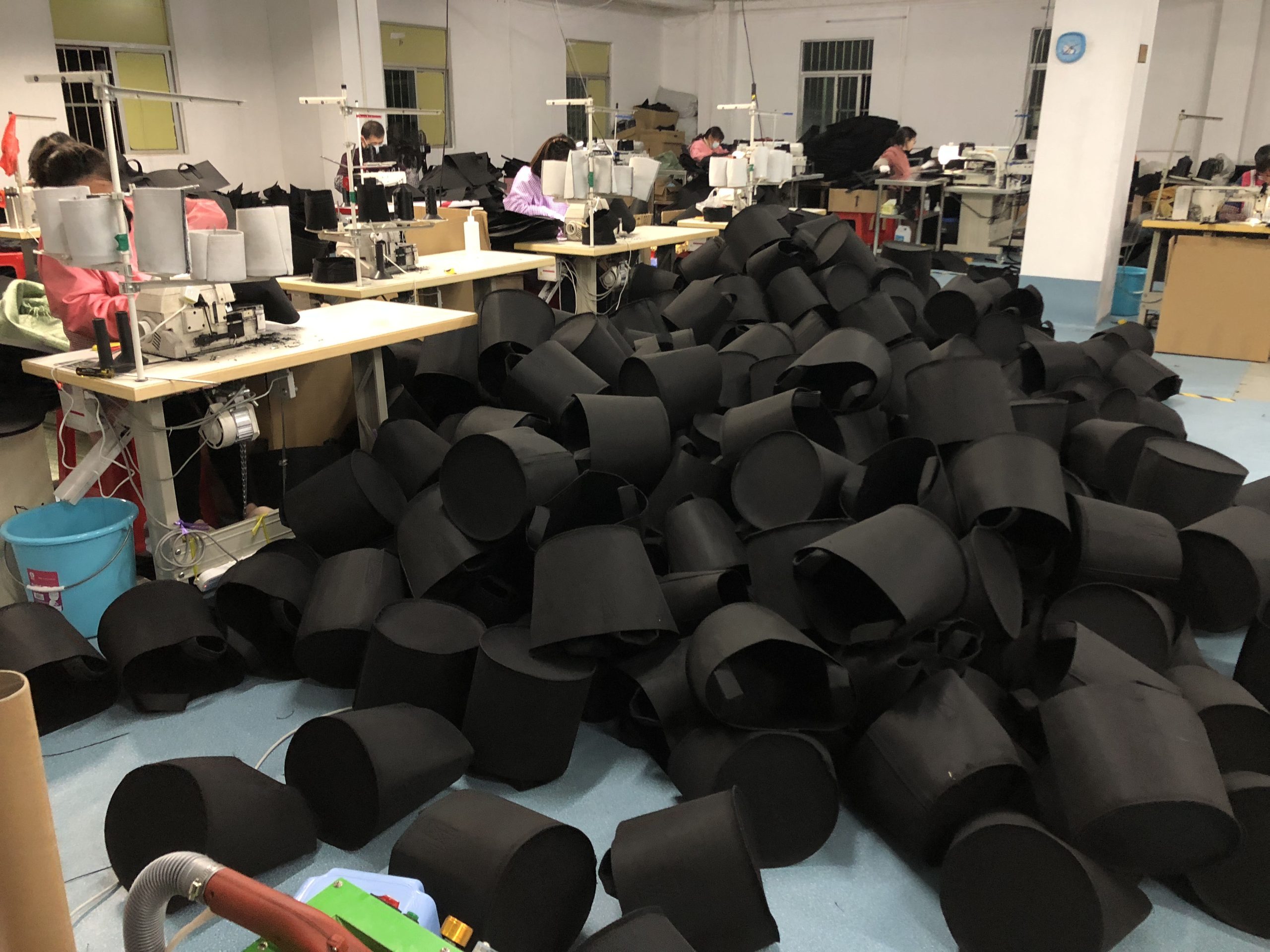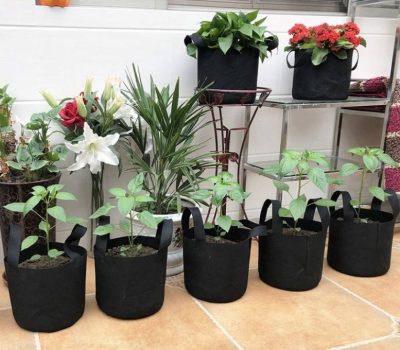
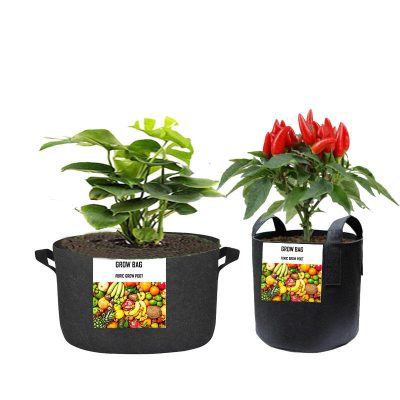
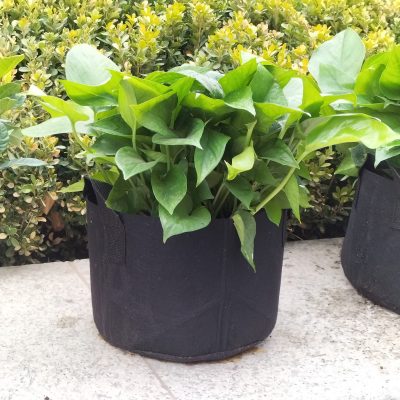

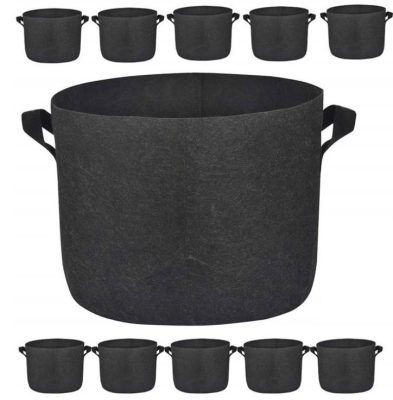
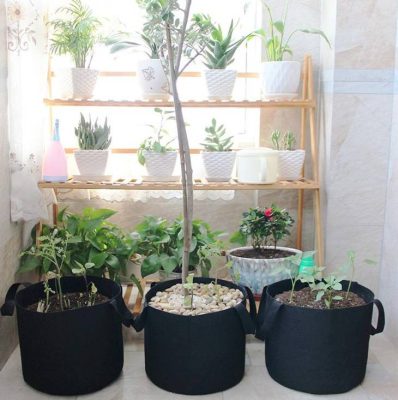
| Product Name: | Fabric Grow Bags |
| Color: | Black, Green, Brown or Customized |
| Technique: | Nonwoven |
| Material: | Polyester felt (Polyester nonwoven fabric ) |
| Capacity: | 1 2 3 5 7 10 20 25 30 45 50 100 Gallon |
| Fabric Thickness: | 300g/m2 or 3mm |
| Size: | 8″ x 6″ , 8″ x 8″ ,10″ x 9″ |
| Other services: | Custom outer packaging label (more than 500 pcs) |
| Feature: | Durable, Breathable, Cheap |
| Keywords: | Environmentally Friendly Material |
| Season: | Fall |
| MOQ: | 500 |
Fabric grow bags are innovative gardening containers made from porous fabric materials, such as geotextile fabric or non-woven polypropylene. These bags have gained popularity among gardeners and horticulturists as an alternative to traditional pots or containers for growing plants.
Fabric grow bags offer several advantages over other growing containers. Here are some key features and benefits:
- Enhanced Root Health: The breathable fabric allows for excellent aeration and airflow to the plant’s root zone. This promotes the development of a healthy root system by preventing issues like root circling and root-bound plants. The increased oxygen flow also enhances nutrient absorption and reduces the risk of overwatering.
- Improved Drainage: The porous nature of the fabric allows excess water to drain away more effectively than in traditional pots. This prevents waterlogging and helps maintain optimal moisture levels for plant roots, reducing the risk of root rot and other water-related diseases.
- Temperature Regulation: Fabric grow bags help regulate soil temperature better than plastic or ceramic containers. They insulate the root zone, keeping it cooler in hot weather and warmer during colder periods. This temperature moderation fosters optimal root development and overall plant growth.
- Portable and Space-Saving: Fabric grow bags are lightweight and flexible, making them easy to move around, especially for gardeners with limited space or those who want to utilize sunlight effectively. They can be placed on balconies, patios, rooftops, or even hung on walls or fences.
- Prevents Overcrowding: The fabric material allows for air pruning of the plant’s roots. When the roots reach the edge of the bag and are exposed to air, they naturally stop growing and branch out instead of circling. This air pruning prevents root entanglement, which can lead to poor nutrient uptake and stunted growth.
- Versatility: Fabric grow bags are suitable for various plants, including flowers, herbs, vegetables, and even small trees. They come in different sizes, allowing gardeners to choose the appropriate bag size for the specific plant’s root system and growth requirements.
- Reusability and Eco-Friendly: Unlike traditional plastic pots, fabric grow bags are reusable and more environmentally friendly. They can be easily cleaned, folded, and stored for future use. Additionally, the fabric material is biodegradable and less harmful to the environment.
When using fabric grow bags, it’s important to consider proper watering and fertilization techniques, as the porous fabric may cause faster moisture evaporation and nutrient leaching compared to traditional containers. Regular monitoring of soil moisture levels and appropriate irrigation practices are necessary to maintain healthy plant growth.
Overall, fabric grow bags offer numerous advantages for plant cultivation, providing a healthy and efficient growing environment. They have become a popular choice for both amateur gardeners and professional growers looking for practical and sustainable alternatives to traditional pots.
